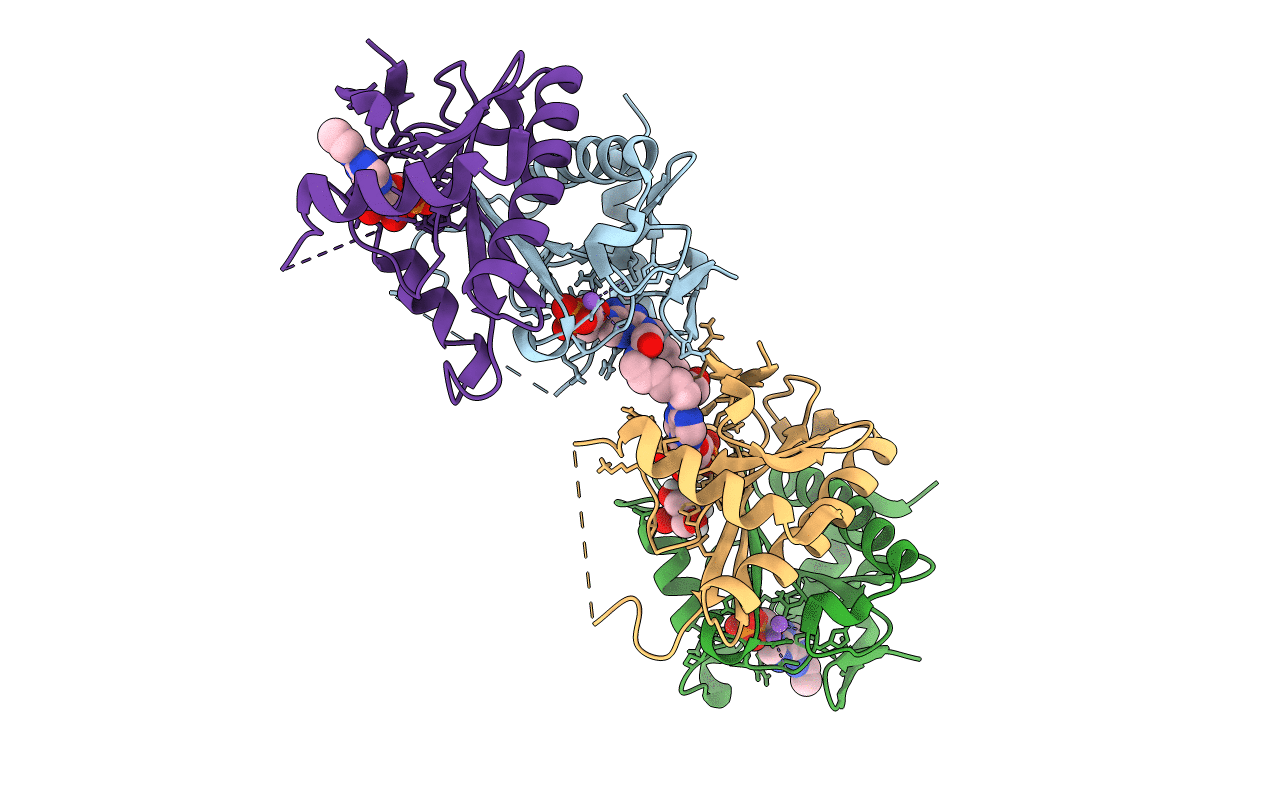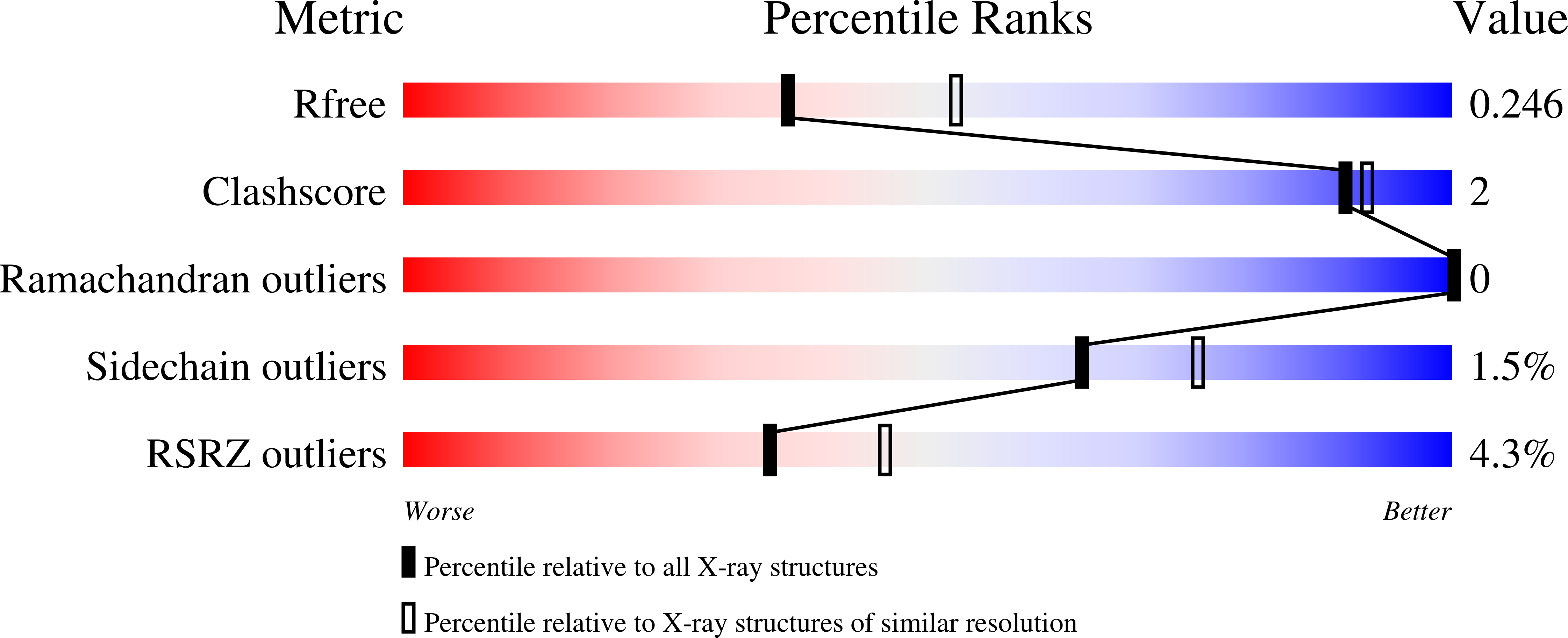
Deposition Date
2021-07-23
Release Date
2022-06-01
Last Version Date
2024-11-06
Method Details:
Experimental Method:
Resolution:
2.34 Å
R-Value Free:
0.24
R-Value Work:
0.19
R-Value Observed:
0.19
Space Group:
P 21 21 21


